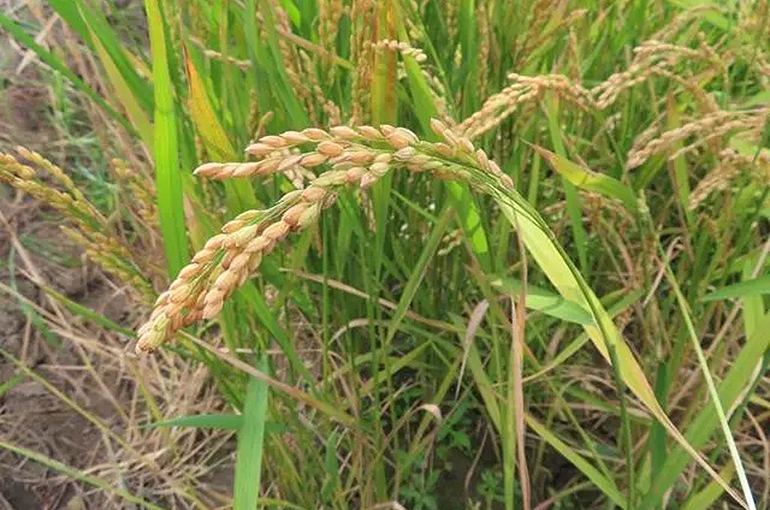 China's Hybrid Rice Gets Approval in Some African Countries, SAGC Researcher Says
China's Hybrid Rice Gets Approval in Some African Countries, SAGC Researcher Says(Yicai) Oct. 18 -- The water-saving and drought-resistant rice developed by the Shanghai Agrobiological Gene Center has passed various approvals in several African countries, such as Uganda in the second half of last year, according to a researcher at the center.
Kenya and other African countries are part of the Convention on Wetlands of International Importance Especially as Waterfowl Habitat for the conservation and sustainable use of waterlands, Liu Zaochang, head of the SAGC's Africa program, told Yicai. So they need to maintain a certain ratio of wetlands and cannot simply convert them into paddy fields to increase food output, making the hybrid rice a good solution, Liu noted.
More than 20 African countries have introduced China's water-saving and drought-resistant hybrid rice. Since the end of the last century, SAGC chief scientist Luo Lijun has led a scientific research team to develop and cultivate rice through hybrid breeding, with rice developed in 2009 yielding 700 to 750 kilograms per 'mu' (0.067 hectares) and needing just half the water.
"If water-saving and drought-resistant rice is to be planted on a large scale in African countries, it must first be approved by the local governments," Liu said. The review process usually takes three or five years of repeated trials and tests and requires cooperation with local research institutions for a final decision, Liu added.
The hybrid rice does not need planting in paddy fields, significantly reducing methane emissions and preventing mosquito breeding, and planting can be timed to rainy seasons, according to Liu. In Ghana and Burkina Faso in West Africa, such rice is harvested in about 120 days during the rainy season, while in Kenya and Uganda in East Africa, the period is about 140 days due to the average altitude of around 1,000 meters, Liu noted.
With improvements according to Africa's climate, pests, and diseases, the water-saving and drought-resistant rice yield increased by more than 30 percent compared to the local variety, Liu pointed out.
SAGC also has successful examples from countries in the Belt and Road Initiative. China's hybrid rice is being planted in terraced fields in northern Vietnam, Liu added, noting that agricultural research institutions in Iran and the United Arab Emirates are also quite interested in it.
Editors: Shi Yi, Martin Kadiev